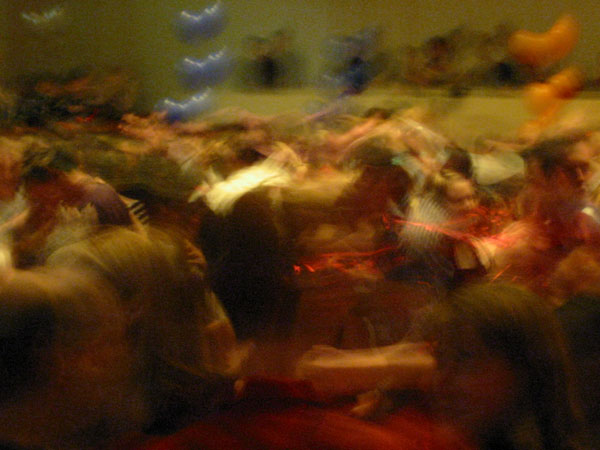I realise I’ve not actually given much useful information in my previous entry on rent parties.
Simply put:
In the 30s (and in the prior and later years), people living in Harlem in New York were often short of money. When rent time loomed, people who were short of money might hold a party in their house, invite lots of people, and have them pay to attend. They’d put on music (a band or records), and people would dance.
That’s the short story.
Some more details? Sure.
What went on at a rent party?
Eating, drinking, dancing, music playing, talking, love-making, fighting, arguing, kissing
party stuff.
Who were these people holding the rent parties?
For the most part, the majority of the stories I’ve found about rent parties placed them firmly in the Afro-American community. In the first 30 years of the 20th century – between 1919 and 1926, many freed slaves moved north from the southern states to northern cities like New York, Washington and Chicago. They followed the promise of work, fleeing lynching, poverty and scary-arse southern politics for the more tolerant north. Not that tolerant, but at least you weren’t being lynched.
The 1920s and 30s are referred to as an Afro-American renaissance. The Harlem Renaissance is of greatest interest to swingers (as it is the birthplace of lindy hop).
Harlem in the 30s was a predominantly Afro-American community. Conditions were crowded, there were more people arriving every day, and not enough work to go around. It was also a time of great creative and artistic endeavour (see the links to sites discussing the Harlem Renaissance below), human rights activism and social change.
Rent party hosts were usually ordinary Harlem people trying to raise their rent money. The rent party convention was later appropriated by more enterprising individuals, and often served as a front for brothels or illegal casinos.
Why did people hold rent parties?
During the 20s and 30s an estimated 200 000 people were living in this one neighbourhood in New York. The sudden influx of residents pushed rents higher than most families could accord. Families opened their homes to lodgers and often shared apartments with other families. Despite these measures, the rent was often due before the residents could find the money.
Residents would hold ‘parties’ in their homes, charging for entry or food, and ‘guests’ would come to dance and socialise, often all night. Advertisement was done surreptitiously, so as to avoid the wrong sort of guests, as well as the law, in this era of prohibition. The ‘rent party’ often served as a pseudonym for brothels.
On this site a woman explains why she held rent parties. This page provides a more detailed explanation of rent parties (with links to the site I referenced in my other post).
What did rent parties mean to swing dance?
For swingers, it’s an important time as these conditions saw the rise of the lindy hop, in tandem with the development of jazz. While the night clubs, cabarets, theatres and dance halls were pivotal public places in the development of lindy hop, the rent parties are important as they were private places made public, in a city where crowding and intensely interpersonal social and kin networks dominated. Rent parties fostered dancing and music, not only as fund raisers, but also as a site for individual self expression and the formation of community identity.
The following quote comes from this site.
“The dancers organize little impromptu contests among themselves and this competition is often responsible for the birth of many new and original dance-steps. The house-rent party takes credit for the innovation of the Lindy-Hop that was subsequently improved upon at the Savoy Ballroom. For years, it has been a great favorite with the regular rug-cutting crowd. Nothing has been able to supplant it, not ever the Boogie-Woogie that has recently enjoyed a great wave of popularity in Uptown New York.â€
References:
This link provides an interesting section of the book ‘12 million black voices’, written and illustrated by Richard Wright and Edwin Rosskam respectively. The site ‘America in the 1930s’ provides some archival and historical material from the States during this period.
The Schomburg Center for Research in Black Culture provides an interesting overview of the Harlem Renaissance period.
Harlem Renaissance has a useful range of Afro-American authors, artists and their works.

